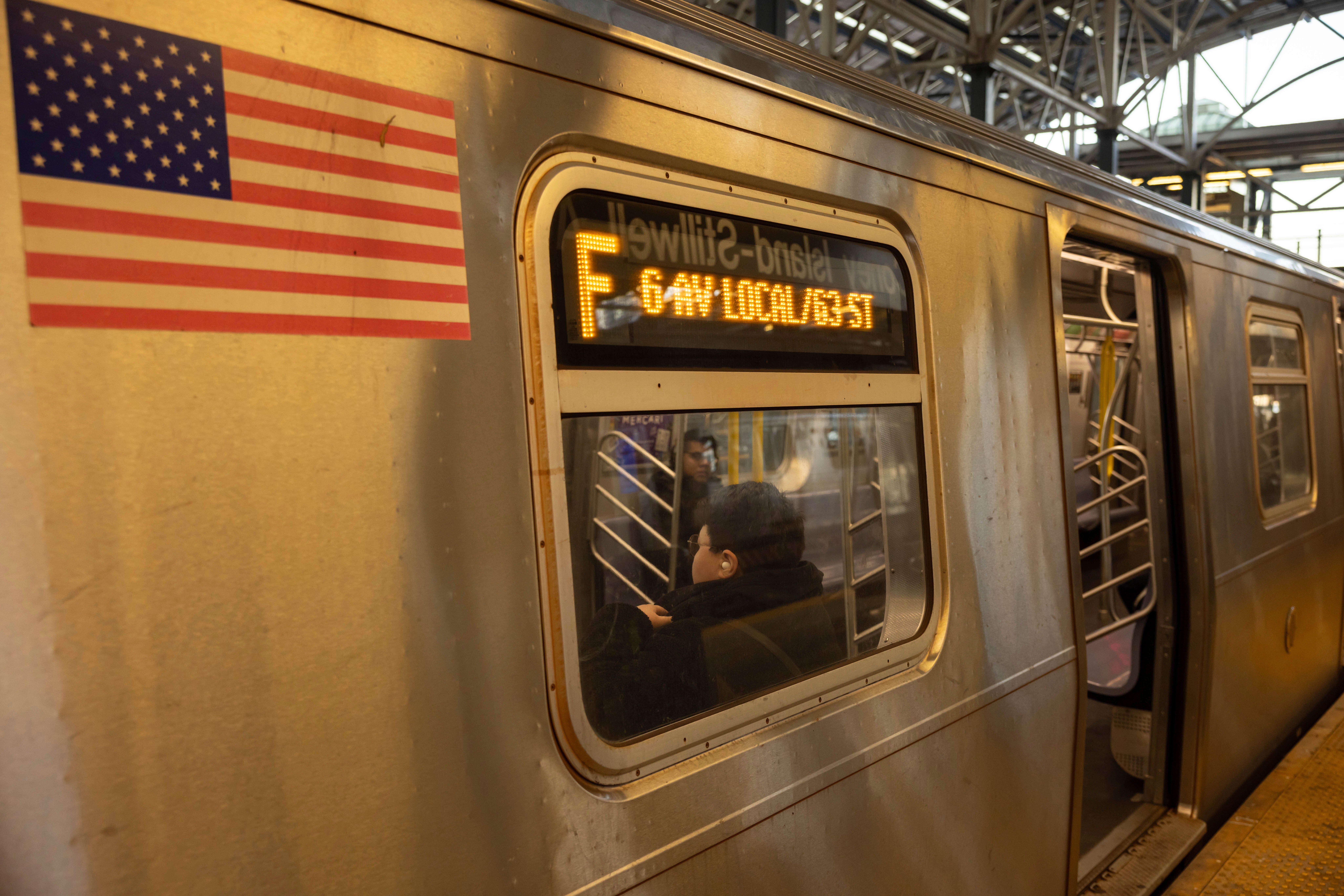It took police more than a week to publicly identify Debrina Kawam, 57, as the woman who was fatally set on fire in a New York subway train last month. But on the internet, it took just hours for a false name to begin spreading. In posts that circulated widely on social media after Kawam's death on Dec. 22, users claimed without evidence that the victim was a 29-year-old named “Amelia Carter.” These posts ricocheted across platforms, often accompanied by an image of a young woman that experts say may have been generated by artificial intelligence.
It's not clear who first made up the claim or why. But many sharing it highlighted the immigration status of the man charged in Kawam’s death — federal immigration officials say he is a Guatemalan citizen who entered the U.S. illegally — while accusing the media of refusing to name the “beautiful young white woman.”.
Nathan Walter, an associate professor at Northwestern University who studies misinformation, said the story was “manna from heaven” for anti-immigration narratives and that it became a “framing war” while the public sought information that was not yet available.
“It spreads quickly because it just fits so well,” he said of misinformation about the victim’s identity. “And when something fits so well, we typically just tend to nod along and we don’t really question it.”. Graphic footage of Kawam engulfed in flames spread widely online soon after the Dec. 22 attack, boosting curiosity about her identity. But while a suspect, Sebastian Zapeta, was arrested later that day, scant details were available about the victim in the following days as authorities worked to identify her through forensics and video surveillance.






















